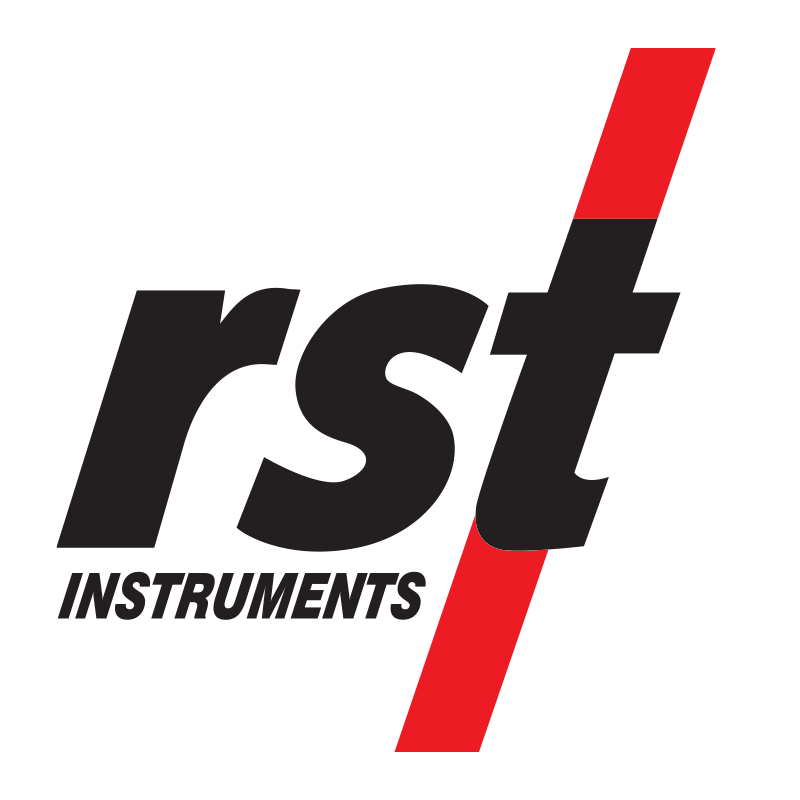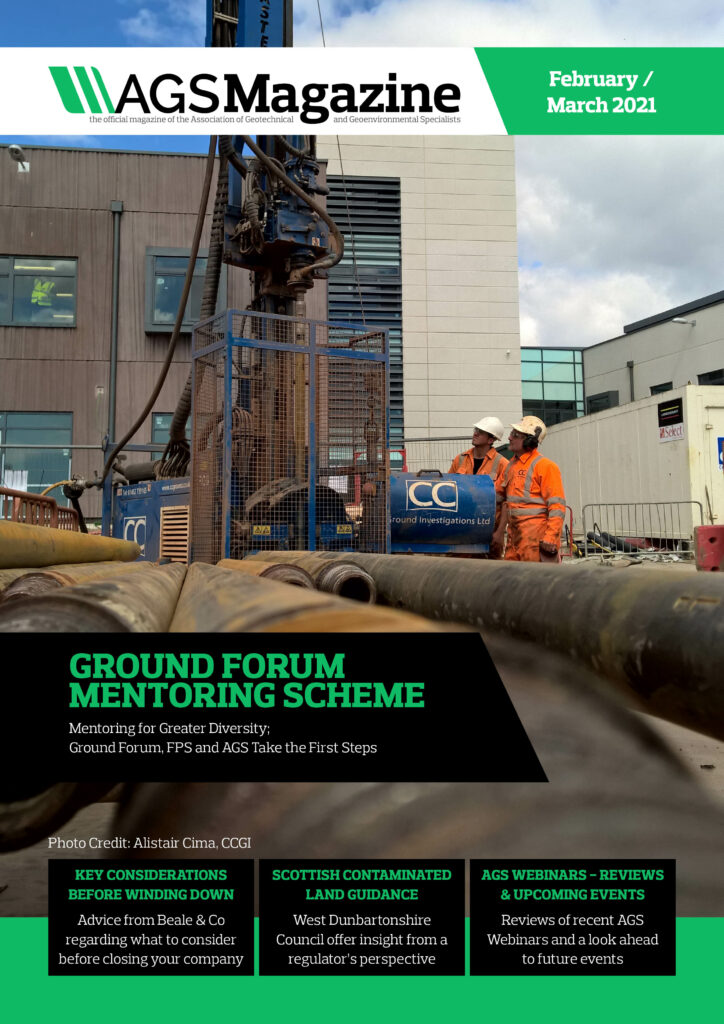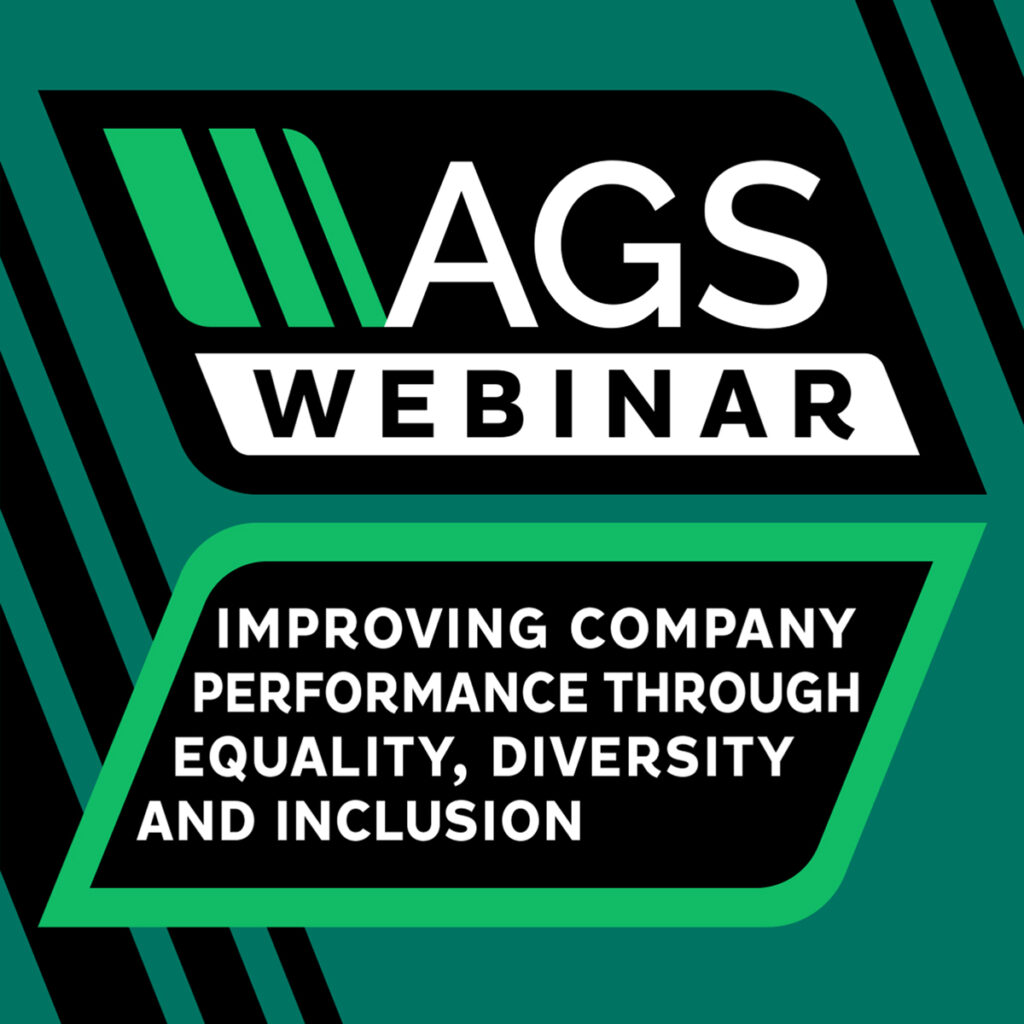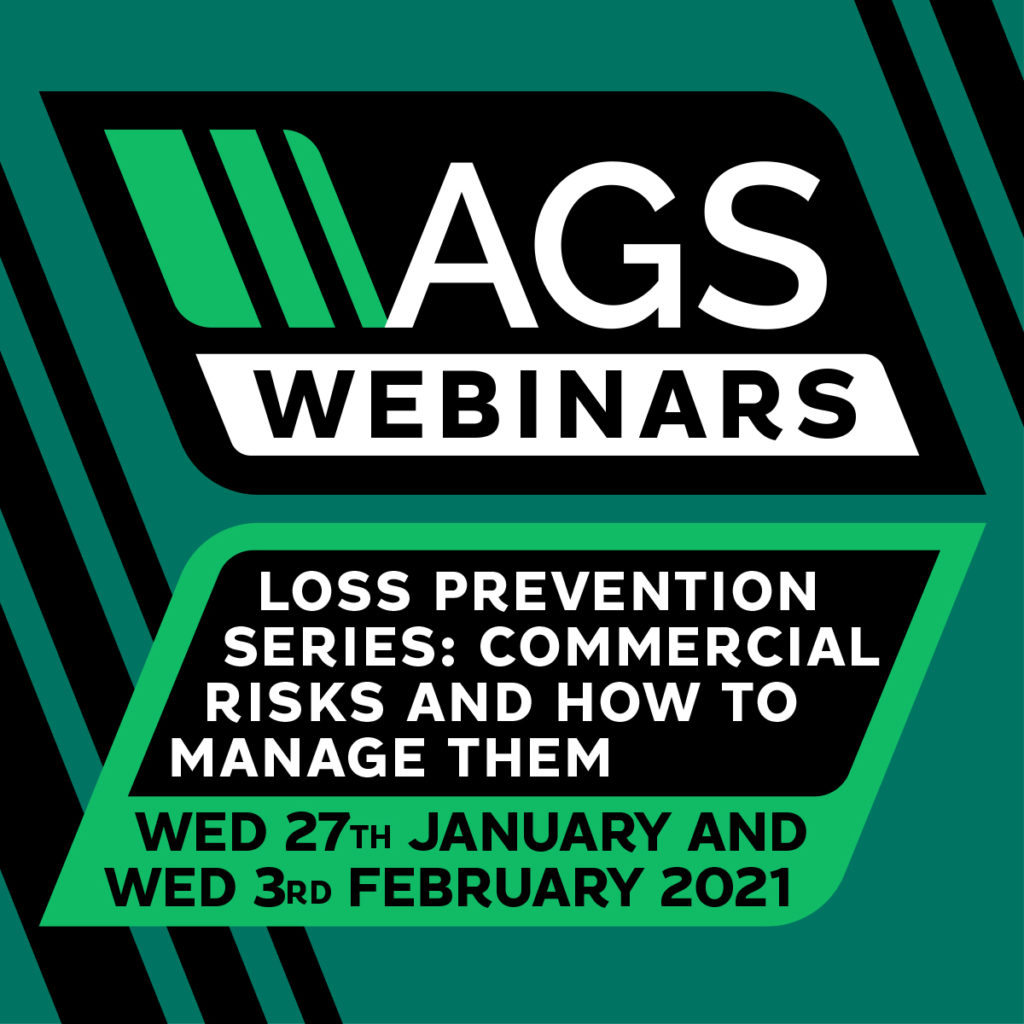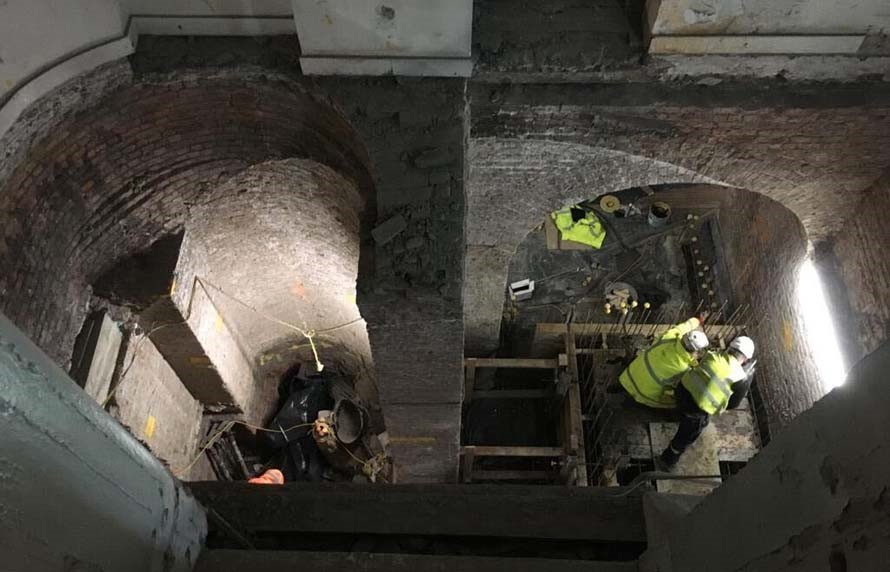
Article contributed by Matthew Penfold, Principal Geotechnical Engineer, Geotechnical & Environmental Associates,
Katharine Barker, Senior Geotechnical Engineer, CampbellReith and
Stephen Lawrence West, Director, Ground Engineering, Ramboll
The construction of domestic basements has become big business and generates headline news; often for all the wrong reasons. It is recognised that designers and contractors delivering these small-scale basements have used lessons learned from the construction of underpinning. However, in response to the growing number of planning applications and increasing concern regarding the effects of the basement excavations on groundwater and surrounding properties, many London boroughs have put in place a fixed process of design and risk assessment that need to be provided for an application to be successful. Neighbours in these boroughs are also becoming more likely to seek to protect their own interests through the engagement of their own party wall or engineering advisors. This can lead to a significant increase in the time required of the ground engineering consultant to ensure progress of the project and an increase in project cost for clients due to these additional requirements.
Within some London boroughs Planning Departments require the production of a basement impact assessment to predict the anticipated ground movements and provide mitigation to limit potential impact on any nearby structures. This can be a relatively straightforward process when dealing with a basement formed with embedded retaining walls based; for which guidance and methods for the estimation of potential ground movements, such as those presented in CIRIA C760, is well-established. However, guidance is lacking when underpinning, or underpinning type techniques, are adopted, often leading to protracted discussions during planning whilst agreement is sought on the likely range of movements and most appropriate form of analysis for a given application.
In the absence of specific guidance, and in particular, published data on the potential range of movements associated with underpinning, practitioners have developed a wide range of approaches. These often rely on data from other types of retaining structure as a proxy for underpinning, with various assumptions made with respect to the contributing factors or sources of any potential movements. These in themselves can vary greatly, with various weight given to movements arising from wall deflection during installation and excavation, settlement due to loading, heave from the bulk excavation, the temporary works adopted, the duration of construction, and the quality of construction monitoring.
But why, when underpinning is such a widely adopted technique, is there so little formal guidance or consensus of opinion on what constitutes a sensible range of potential movements? On the whole, movements due to underpinning on well controlled sites, in appropriate ground conditions, are unlikely to be excessive. The traditional approach has therefore been to assume that the underpinning excavation will not result in any damage, with detailed analysis and / or monitoring not required as part of planning. This approach is generally borne out by the large number of successfully completed domestic basements and underpinning projects, with instances of issues with excessive ground movements associated with underpinning being relatively rare. However, with the rise of basement impact assessments, and an increase in more complex domestic basement constructions that push the underpinning technique to its limits, the requirements for ground movement assessments (GMAs) have meant that analysis of these generally small movements has become critical due to the need to keep damage within acceptable limits. This approach can be problematic given the lack of available data from which any reliable guidance can be developed to recommend suitable methods of analysis for small scale basements.
A study by Newcastle University of seven London boroughs found that there were 4,650 applications for basements between 2008 and 2017, a large percentage of which are likely to have involved underpinning in some form or another. It is clear, given the large number of basements that are constructed that there must be a large amount of monitoring data out there. However, it is unusual for this data to find its way back to the geotechnical specialist, or otherwise make its way into the public domain. This lack of data is of course common to all forms of basement construction. However, it is particularly problematic with respect to underpinning, where little alternative guidance exists, but a detailed assessment of the likely ground movements is required nonetheless as part of the planning process.
So, what can be done to provide AGS members with better evidence to support liaison with the planning authorities and party wall surveyors? In order to answer this, there are a number of questions that we first need to ask of our industry:
- How often are ground movements associated with underpinned basements actually monitored and how comprehensive is this data i?
- Who is undertaking this monitoring and what happens to this data after the monitoring has been completed?
- Once a need for monitoring has been established, should it be a condition that this data is submitted to the local authority? And should industry then be lobbying these authorities to publish this information in some fashion?
- If yes, should the developer/client also be responsible for providing some form of check to accompany this information, or should this remain the responsibility of the local authority and their appointed specialists?
- If sufficient data does become available, could an industry body, such as the AGS, collate it, and from this look to produce some meaningful guidance that practitioners, local authorities and assessors could use?
- In the meantime, could some ‘informal’ guidance be produced that summarises the key issues and outlines a set of key principles or methods of analysis that represent current industry best practice? Can we revert to empirical estimates of movements which can be relied upon provided good standards of workmanship are maintained?
The objective of this article is to launch a process to better understand the magnitude of ground movements that can arise due to underpinning and the construction of small-scale basements through analysis of actual ground movement data recorded as part of the construction process. The first step is to gather case study data where monitoring of the host building and/or adjacent structures has been carried out. In addition to the monitoring data itself, details of the depth of underpinning, construction sequence, method and program will provide valuable context for each case study. A key objective of the subsequent assessment of the case study data will be to identify trends that may be used to develop an empirical method for estimating ground movements associated with underpinning which can be used by designers, contractors, and planning authorities to establish a common platform of understanding. Within the Geotechnical Working Group of the AGS we are looking to facilitate the collation of case study data, so we will be setting up a suitable on-line system to allow members to share their experience. This will then be used to generate guidance for members through suitably reviewed research of the case studies.
